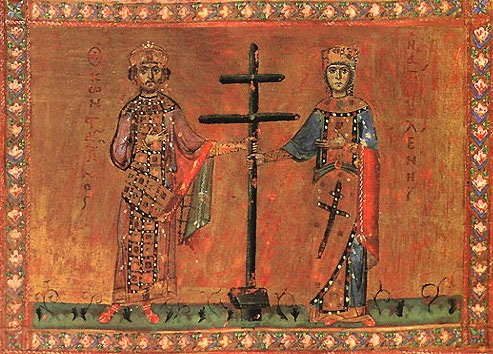Boston, May 1, 2013
 |
The New Testament was at the heart of Byzantine Christian thought and everyday practice. The Gospels, Epistles and other texts were constantly copied and duplicated, which explains why there are currently about 5,000 uncial and italic manuscripts and lectionaries containing integral collections or parts of the New Testament texts in academic circulation.
Several dozen academics from the USA, Great Britain and Greece discussed the latest results of Byzantology research on the role of the New Testament in liturgical life, theological debates, rhetoric, icon-painting, mosaics, sculpture and poetry of the latter part of the history of the Byzantine Empire (the 10th to 15th centuries).
The conference's work was divided into four sections. In the sections "The New Testament texts and their copying" and "Scribes, lectionaries and commentaries", papers devoted to textual traditions and their development in the Byzantine Empire, the art of Biblical illustration, the genealogy of late manuscripts of the New Testament, the classification of lectionaries and their importance for textology, catena genre etc were read.
Section three was devoted to the question of use of the Gospels, the Epistles and the Book of Acts in hymnography, hagiography and polemical literature.
S. Arschbrook (Brown University) gave a paper on "Bearing witness: Women of the New Testament in Syrian and Byzantine hymnography". D. Krüger (University of North California) gave the paper "The use of the Bible by Byzantine writer-hagiographers".
Section four was called "Liturgy, Homilies and Apocalypse Literature". Papers from this section were devoted to the reception of the missionary and theological heritage of the Apostle Paul in works of late Byzantine writers, polemists, academics and orators, as well as to the use of traditions and ideas of apocryphal Revelations of John in liturgical texts of the 10th to 15th centuries.
In papers in section five, consideration was given to motives of the New Testament in Church and secular art of the late Byzantine Empire.
http://www.pravoslavie.ru/news/61229.htm
